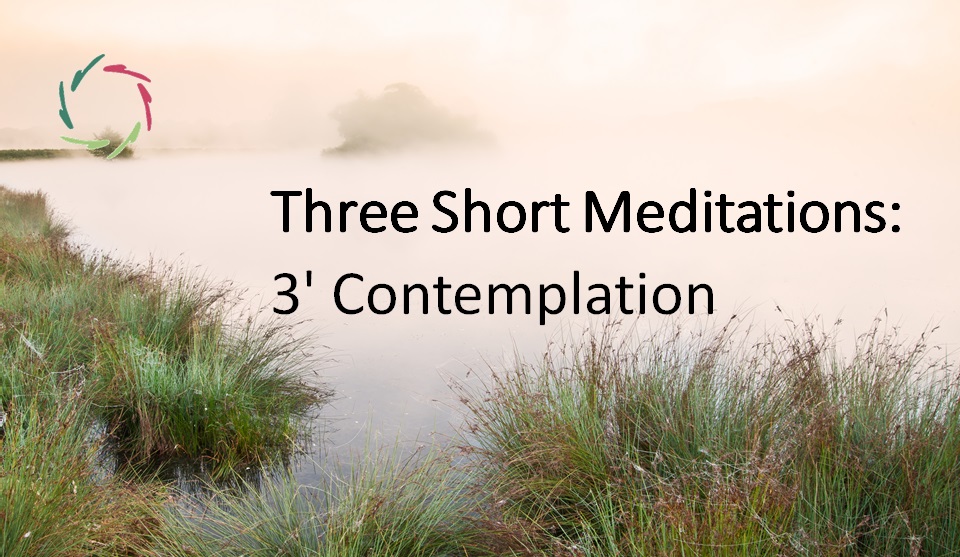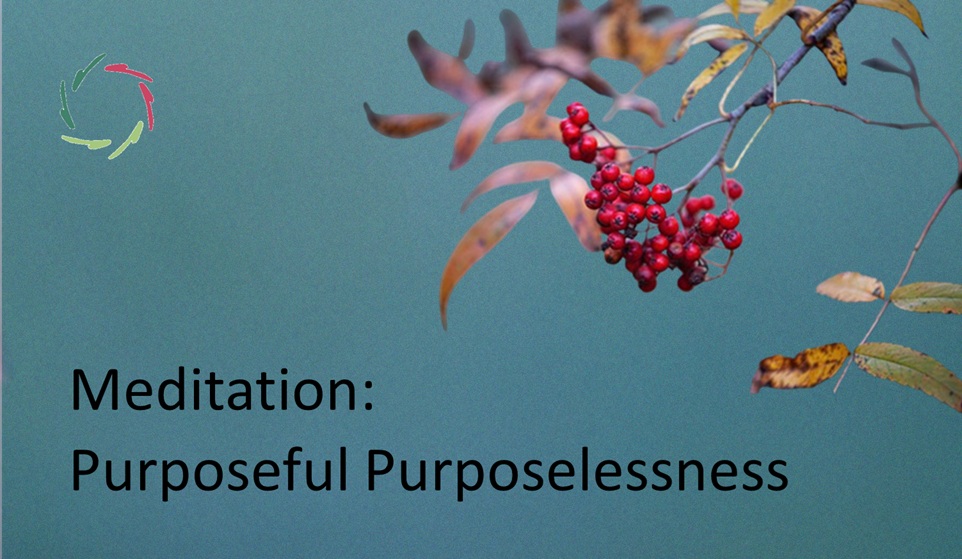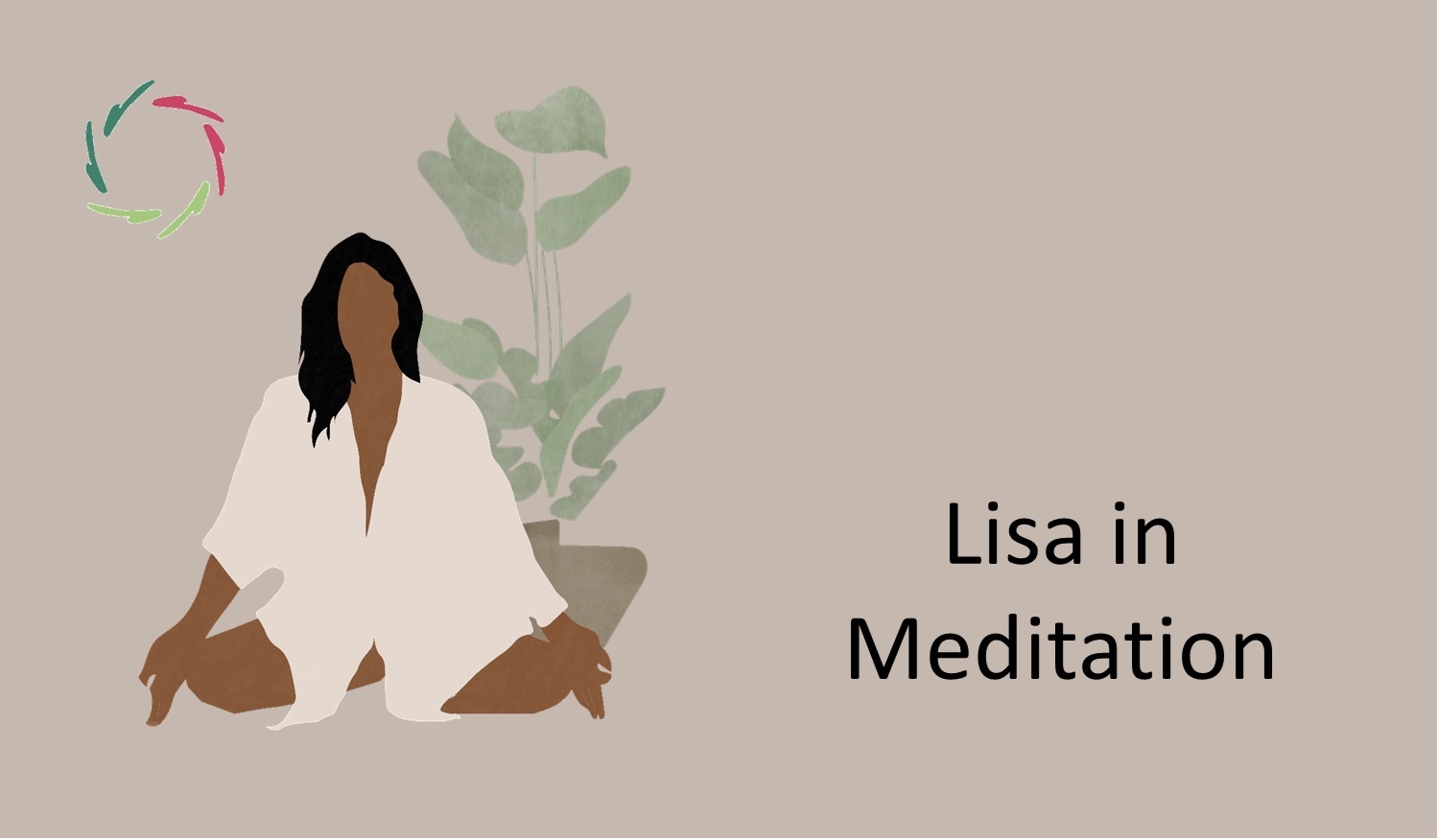Three Short Meditations: 3′ Contemplation

This is a short series of short meditations.
The best is to do the meditations in the following order, but only one at a time in the beginning. If one goes well, you can proceed to the next. If they all go well, you can do them in any order you like:
- Three Short Meditations: Focus
- Three Short Meditations: 3’ Empty Teacup
- Three Short Meditations: 3’ Contemplation
This meditation is a combination of empty-teacup and association time and time again.
―
The following instructions are ‘simple,’ yet you should not take them as ‘easy.’
- You let an association arise spontaneously from a focused thought.
- Is the association significant?
- If the answer is NO, you can linger a bit and let it go. You go back to the focus, or to ‘emptiness,’ or to another association, and you recommence.
- If the answer is YES, you keep this association in mind for a moment until you are spontaneously going from there to the next thought.
- In the second case, you do not go back to the focus.
Here, you can also start with any focus, for example, on a recent incident.
Of particular importance is the process itself. Sometimes interesting things will arise, sometimes nothing will arise, but that too can turn out to be interesting afterward, in some unexpected way. You ‘turn a knob.’ You put something in motion that works only at its own pace. One element of the right attitude is trying to be ready. This being-ready is an invitation for your deeper self. It is the space that can be filled in, as in a dance in which one partner makes an opening for the other. In classic Chan-meditation, this being-ready is seen as the most important aspect of the ‘awakening’ attitude (= the awakening of Inner Strength).
―
These short meditations are exercises in achieving broader patterns, wider associations, a larger virtuosity in art, solving problems, and so on. It leads to greater intimacy (= openness) for things and empathy for people. Exercising on this leads to a self-perpetuating pattern: good meditation creates Openness in yourself, leading you even more to meditating well.


